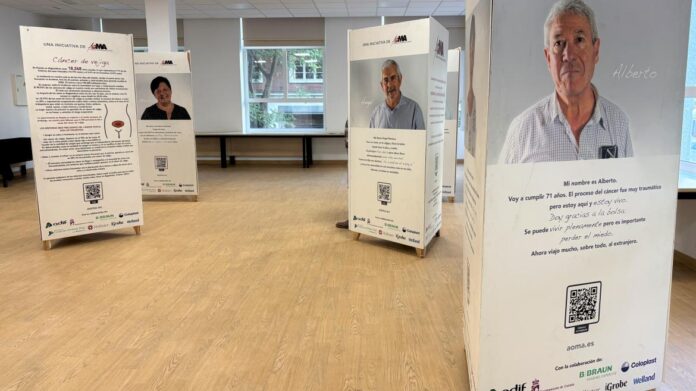In Spain, the universe of ostomies is a reality that affects more than 200,000 people, with the Community of Madrid accounting for a significant figure of more than 15,000 carriers. Annually, nearly 16,000 new procedures are added to this statistic, reflecting the complexity of various pathologies such as rectal cancer, inflammatory bowel disease, and certain severe injuries that often dictate the need for these interventions.
An ostomy, also known as a stoma, is a surgical opening between the intestines and the abdominal wall, and it can be temporary or permanent. In 60% of cases, this intervention is temporary, whereas 40% of patients face a permanent modification to their anatomy. The most common forms of this procedure connect the small intestine (ileostomy) or the large intestine (colostomy) to the body surface.
In an effort to raise visibility and awareness about this issue, the University Hospital of La Princesa has hosted a special exhibition. Pilar Prieto Alaguero, the hospital's Director of Nursing, together with Magdalena Santiago, president of the Madrid Ostomates Association (AOMA), and Inmaculada Pérez Salazar, a stoma care nurse, led the opening of the event. The exhibit, installed in the anteroom of the Auditorium, has allowed patients, professionals and the general public to learn the stories of about ten people who live daily with an ostomy. These narratives seek to exalt the work of the experts and stomatherapist nurses who provide ongoing support to patients.
Since 2015, La Princesa University Hospital has had a specialized ostomy clinic, where annually more than 1,550 in-person consultations and around 200 telephone consultations are carried out. For those patients who cannot attend in person, the option of follow-up is offered via digital platforms such as Zoom. This initiative is part of an integrated approach that seeks to improve the quality of life for people with ostomies, providing not only medical care but also emotional and educational support.
As the medical community seeks to address the challenges presented by ostomies, exposure and specialized consultations stand as fundamental pillars to destigmatize and improve the understanding and management of this condition, ensuring comprehensive and humane care.



